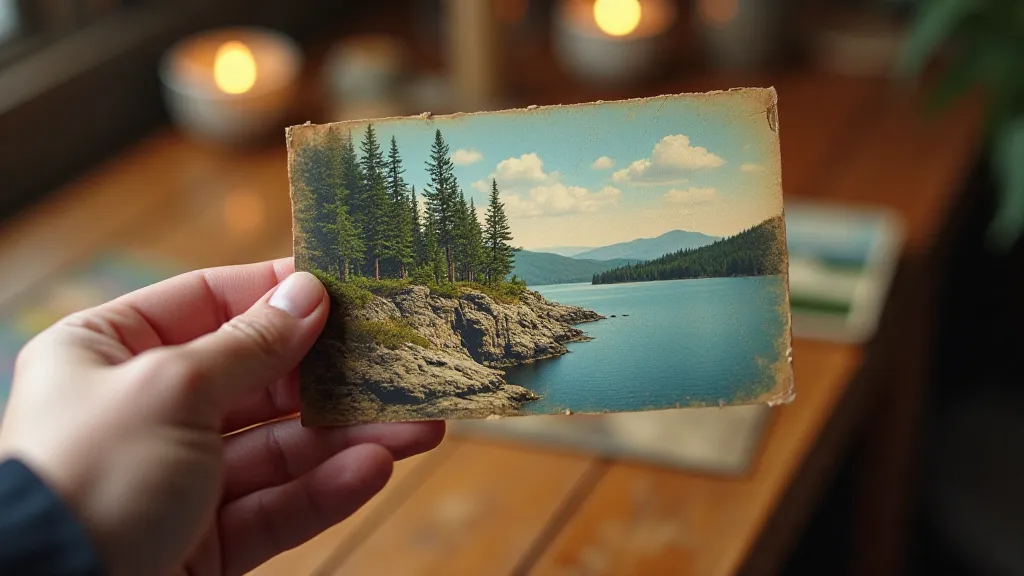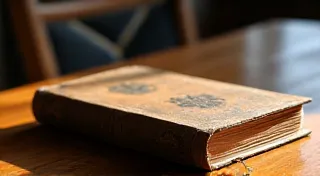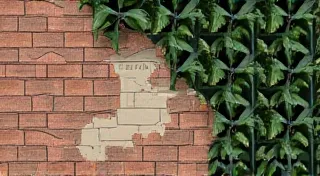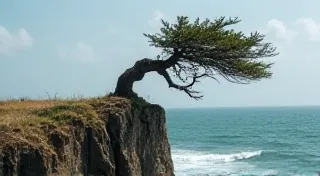Bound by Thread: The Postal Network and the Shared Experience of a Disappearing Era
Maine. The name itself conjures images of rugged coastlines, towering pines, and a quiet, enduring spirit. But before the internet, before telephones were commonplace, there was another lifeline connecting the state's far-flung communities: the postal network. And woven into the fabric of that network, forming a tangible and deeply personal connection, were postcards. These small, rectangular windows into another time offer far more than just picturesque scenes; they’re a portal to an era when communication felt deliberate, meaningful, and imbued with a unique tenderness.
The Railroads, the Rivers, and the Post
Understanding the significance of vintage Maine postcards requires a basic appreciation for the historical context of the postal system itself. Maine's geography, with its dense forests and rocky coastline, presented significant challenges to transportation. The arrival of the railroads in the mid-19th century was revolutionary, opening up remote areas and facilitating the flow of goods and people. But before that, rivers were the highways, and the painstaking work of stagecoach drivers and ferry operators kept communities linked. The establishment of the United States Postal Service (USPS), then known as the Post Office Department, in 1775, rapidly transformed Maine's ability to communicate, initially through sporadic and often unreliable delivery. It wasn't until the late 1800s that postal service truly began to penetrate the more isolated regions of the state.
The introduction of the postcard, as we know it, followed a specific timeline. The first true postcards – printed on a single side with a space for a message on the other – originated in Austria in 1865. It took several years for the concept to gain traction in the United States, but by the 1890s, postcards were experiencing a boom in popularity. The low cost of postage and the ease of sending them made them an ideal form of communication for everyone, from long-distance relatives to businesses advertising their wares.
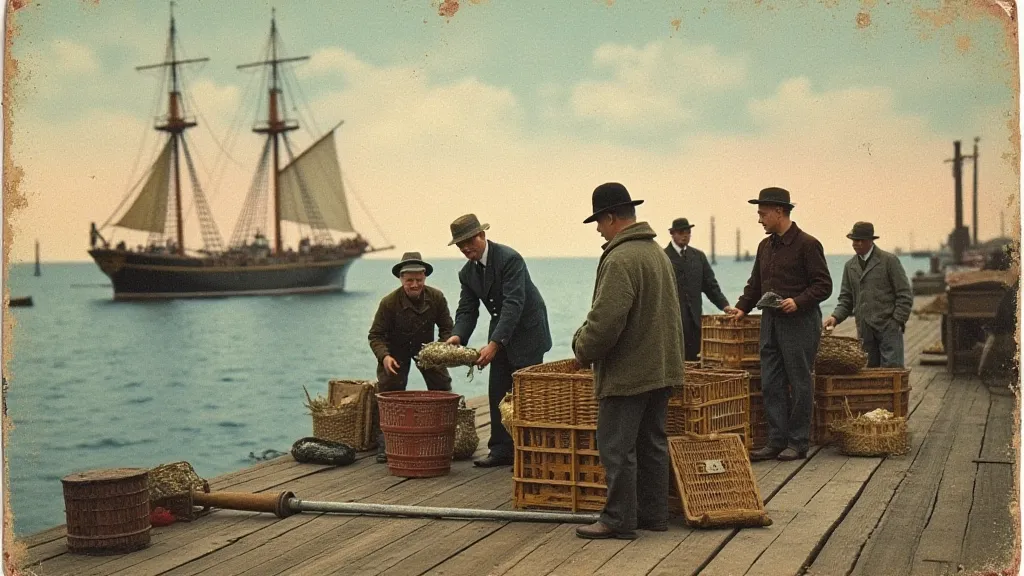
A Fleeting Glimpse into Daily Life
What makes vintage Maine postcards so compelling isn't just their aesthetic appeal, though the artistry of the lithographers is undeniable. It's the intimate glimpse they offer into the daily lives of people who lived in a different era. Imagine a farmer in rural Piscataquis County sending a postcard to his brother working in a factory in Lowell, Massachusetts. Or a young woman in Bar Harbor sending a greeting to a sweetheart serving in the Spanish-American War. These aren’t just messages; they are threads connecting families, friends, and communities across distances. These seemingly simple exchanges, often containing only a few carefully chosen words, held a depth of meaning often absent in today's rapid-fire digital communications.
Many postcards captured the burgeoning tourism industry that became so important to Maine's economy. Pictures of scenic Acadia National Park, the luxurious summer resorts of Mount Desert Island, and the bustling coastal towns drew visitors and showcased the state’s natural beauty. The "Greetings from Maine" cards, with their distinctive typography and often whimsical illustrations, became iconic representations of the state's identity. But beyond the tourist viewpoints, countless postcards documented everyday scenes: general stores, lumber mills, one-room schoolhouses, and the proud faces of Mainers going about their lives. They are snapshots of a disappearing world, hinting at the social structures and rhythms of a bygone era. The backs of these postcards, often overlooked, frequently contain fragments of personal narratives – a fleeting connection between loved ones, a brief update on daily events, or a poignant expression of longing. For those passionate about uncovering the untold stories held within these historical artifacts, exploring Paper Relics: Unearthing Untold Stories in Maine Postcard Backs offers a fascinating journey into the personal histories they reveal.
The Craftsmanship and the Art of Lithography
Consider the craft that went into creating these postcards. In the late 19th and early 20th centuries, lithography was the dominant printing method. Skilled artists would hand-draw scenes onto limestone slabs, painstakingly transferring the image to the printing surface. This intricate process, combined with the often vibrant color palettes achieved through multi-stone printing, resulted in postcards with a unique charm and artistic merit that is rarely seen in modern mass-produced imagery. The very act of creating a postcard was a deliberate artistic endeavor, reflecting a commitment to quality and a respect for the recipient.
The quality of the paper stock also varied, ranging from thin, flimsy paper to thicker, more durable cardstock. The texture of the paper, the clarity of the colors, and the crispness of the image all contribute to the overall character of a vintage postcard. Even minor imperfections—a slight tear, a faded corner, a handwritten stamp—add to its history and its appeal. These details are testament to the journey the postcard has taken and the hands that have held it. Understanding the nuances of this process – the dedication of the artists, the materials used, and the cultural context – provides a deeper appreciation for these seemingly simple objects.
Examining a vintage postcard closely, one can appreciate the subtle nuances of the lithographic process: the graininess of the image, the slight blurring around edges, the richness of the color gradients. It's a reminder that these weren’t mass-produced commodities in the way we understand them today; they were carefully crafted objects imbued with artistic skill and human touch. The care taken in the creation of each postcard speaks to a time when communication was valued and personal connection was paramount.
The Shift in Communication and the Decline of the Postcard
The rise of the telegraph, and later the telephone, gradually eroded the postcard’s dominance in communication. While postcards remained popular for a time, the immediacy of these new technologies proved irresistible. As faster and more convenient forms of communication emerged, the art of the handwritten postcard began to fade. The advent of color photography and the proliferation of glossy images further diminished the allure of lithographic postcards. The loss of this form of communication wasn't merely a technological shift; it represented a fundamental change in the way people connected with one another.
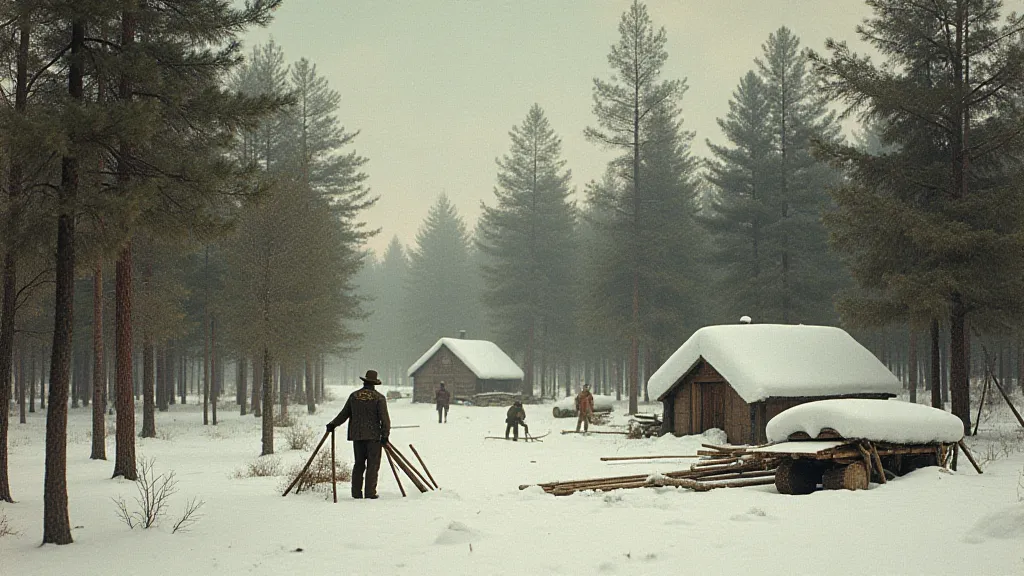
The decline of the postcard wasn’t sudden, but it was inexorable. Many postcard publishers went out of business, and the artistic quality of postcards generally declined. Today, vintage Maine postcards are cherished as historical artifacts, offering a tangible connection to a bygone era. The decline in the popularity of postcards also led to a decline in the skills of the artisans who crafted them, leading to a loss of a unique craft tradition. The very act of sending and receiving a postcard held a certain formality and grace, which is largely absent in the impersonal nature of digital communication.
Collecting, Preserving, and Remembering
For those passionate about preserving Maine’s history, collecting vintage postcards is a profoundly rewarding pursuit. Each postcard is a small piece of a larger narrative, a window into the lives of people who came before us. Collectors often specialize in particular themes – towns, industries, or artists – building collections that tell a rich and compelling story. Passing down these collections to future generations is a powerful way to preserve not only the physical artifacts but also the memories and stories they represent. For those who are captivated by the idea of preserving a tangible link to the past, resources like The Collector’s Legacy: Passing Down a Postcard Story Through Generations provide valuable insights and inspiration.
Preserving these postcards requires careful handling. Storing them in archival-quality sleeves and albums protects them from damage and prevents fading. Understanding the history of the postcard – its origins, its journey, and the people who sent and received it – adds another layer of appreciation. Ultimately, collecting vintage Maine postcards isn’t just about acquiring objects; it's about safeguarding memories and celebrating the enduring spirit of the state. The tangible nature of a postcard – the feel of the paper, the vibrant colors, the handwritten message – provides a sensory connection to the past that digital communication simply cannot replicate.
The postcards weren't just a means of conveying news or greetings. They were a testament to human connection, a small gesture of kindness and remembrance, carried across miles by the careful hands of the postal workers who kept Maine connected. They remind us of a time when communication was slower, more deliberate, and infused with a quiet grace. And in their fragile beauty, they offer a poignant reminder of a disappearing era, bound together by thread, and forever preserved in the hearts of those who appreciate their enduring charm. Sometimes the messages on these postcards reveal more than the sender intended, giving glimpse into the social norms and values of a different era. The skill and dedication required to write clearly and concisely on these small cards also speak to a different approach to communication.
